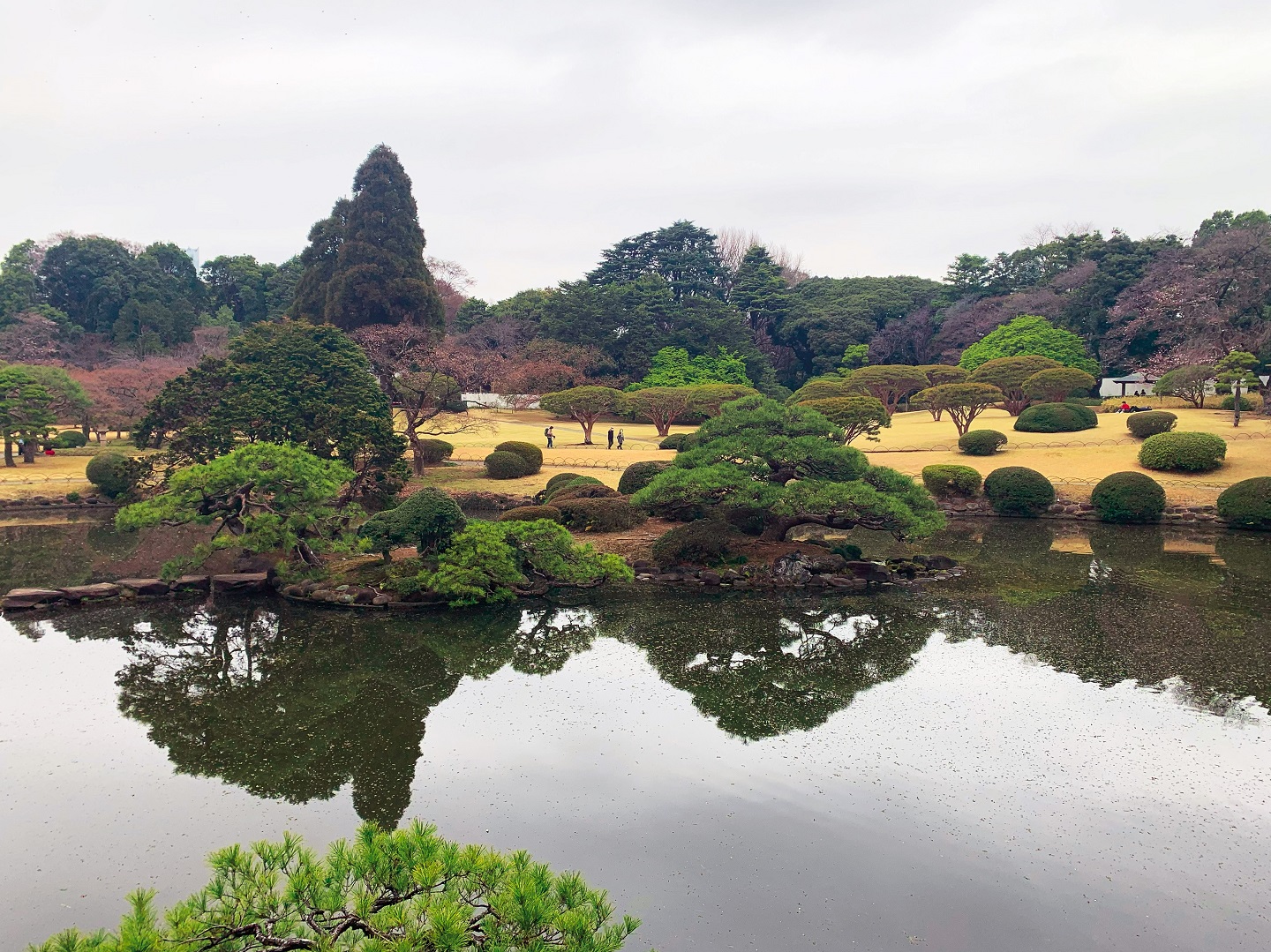
An unfettered view of Shinjuku Gyoen National Garden (All photos: Nadia S Hassan/ The Edge Malaysia)
It was the biggest wall of snow I had ever seen. And I had the irresistible urge to climb it.
I was completely alone at the base of Mount Hakkoda, which is located in the Japanese city of Aomori. It is a place that, because of chilly northwest Siberian winds, is known as one of the snowiest cities on Earth, with snowfall reaching 21ft continuing well into April. It is also a port city that sits at the farthest north of Japan’s main island of Honshu, where you can wave to Hokkaido if you squint.
It definitely would explain the wall of snow I was facing, caking a towering red torii gate, the shrine behind it shrouded in white almost to the roof, with only its pointed tips showing and surrounded by nothing except naked beech trees. Out here, all I could hear was the sharp whistle of the wind as it whipped my hair and the crunch of snow beneath my newly purchased Dr Martens. The only source of light was from the dining room of a nearby hotel that looked Swiss in architecture but was aesthetically Japanese everywhere else.
At that moment, I had only one question running through my mind: How the hell did I get here?
It was an idea that came out of the pandemic, but if I were being honest, I had been thinking about it for some time but was just too comfortable to pull the trigger.
Taking a sabbatical from work is not new. A quick search online turns up a veritable cottage industry of videos talking about how taking a break from the usual nine-to-five — also called an adult gap year, to give it a more cutesy TikTok term — can often do wonders for your career and mental health overall.
It is a concept that can seem self-indulgent to some, but with the pandemic making remote work more acceptable and overall changing our relationship with our day jobs in general, more working adults are seeing it as a viable option to press pause and see what is next.
image_67180801.jpg
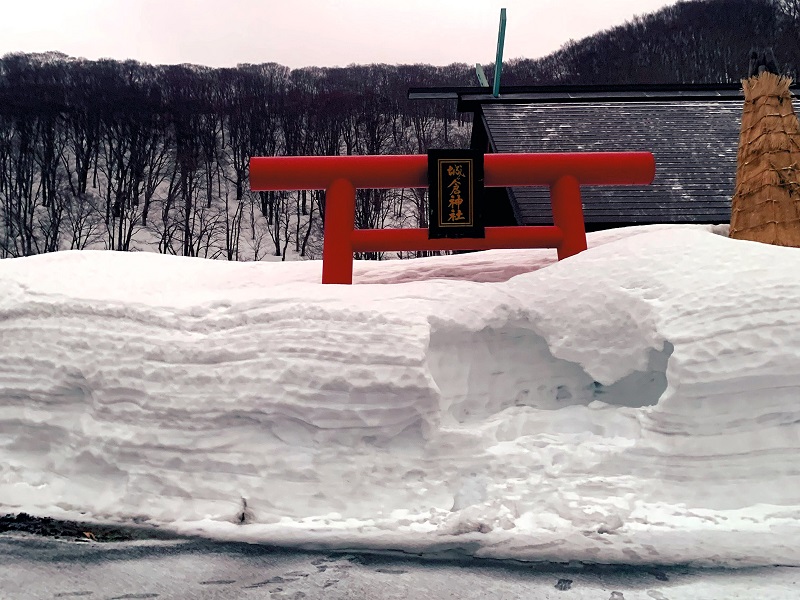
My own reason was not so deep: I just missed travelling. To the point where I knew that one week, or even 10 days, would not be enough. I also looked at it as a chance to break the routine and give space to other interests that often got put on the backburner because of work or day-to-day commitments.
To do that completely, however, meant uprooting my life for a couple of months, a daunting undertaking, even if it were temporary. I also will not mince words; it is going to be costly. Travelling always is, and this is not Eat, Pray, Love, where our currency magically makes everything cheaper and Julia Roberts-thin enough to shovel mounds of food into our mouths without thinking of the bill. It is an investment in yourself that you have to close one eye to and accept.
Choosing where to do it, though, was easy enough: Japan.
It was a country that I had visited multiple times and where I had been learning the language for a number of years. It was also where I was at least familiar enough with the infrastructure that getting around would not be a grand mystery, but where there were also enough unexplored corners that I would not be going back to the same place twice.
Interestingly enough, while I had plans to travel internally in Japan, for my first brush with exploration, I did not need to go any further than a 5km radius from the Airbnb that I had chosen to make my base of operations.
While most tourists are familiar with Ikebukuro, one of Tokyo’s largest stations and the other official Mecca for anime and manga fans, not as many are familiar with the neighbourhoods that lie along the vast network of lines that feed it, which house more families than tourist spots and where you might be the only foreign face, or gaikokujin, in the crowd.
image_67219713.jpg
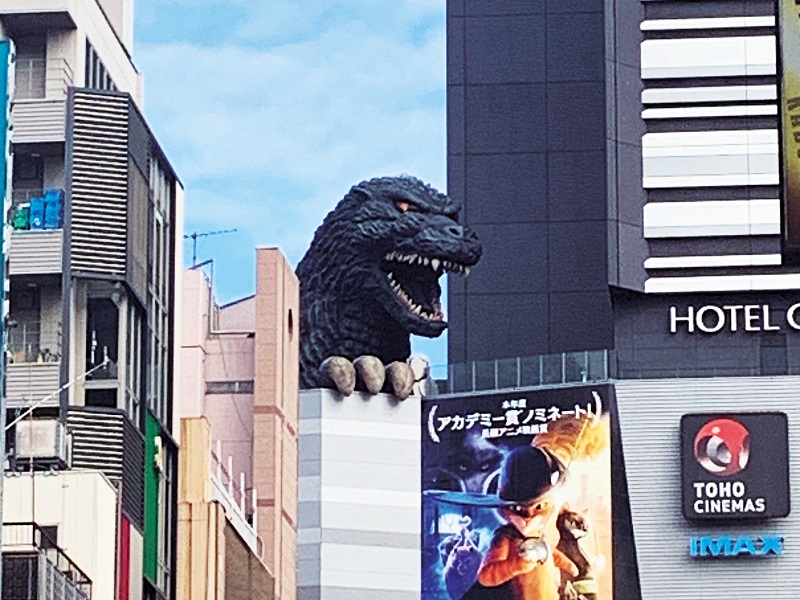
I would stand out, whether I wanted to or not.
Higashi-Nagasaki was my station, one that I shared almost every day with salarymen and students. On its finest day, the neighbourhood could never be called glamorous; describing it as shoddy, in fact, would be kind. But it only takes some rudimentary digging to find out that there is more to it than meets the Google recommendations.
It was the neighbourhood of legendary artist and godfather of anime Osamu Tezuka, the creator of Astro Boy and whose statue of his other creation, Kimba the White Lion, graces the ticket gates of the station.
In an era in which we are used to manicured layouts, here you can see the most unlikely of shops sit cheek-by-jowl. There was Mia Mia, where I got my coffee every day — a hipster café whose Japanese and Australian owners eschewed taped muzak in favour of rare vinyl records and where small talk was never small and often accompanied by an Anzac biscuit.
On the flipside, there was Anko Café, which seemed to be operating from a bygone age with its dark wood finishes and cheap breakfasts. It was served to you by a Japanese couple in their 80s who still taped their handwritten menus to the windows, asked where you were from and said they had always wanted to visit. It was a place where regulars popped in at 11 like clockwork to have their coffee and that was probably one of the final bastions on earth for indoor smoking. As far as omens went, I figured this was as good a place as any to start.
When I came home, many people asked me what is the difference between a sabbatical and essentially taking a long holiday. The easy answer is that it is what you get out of it, and I came away with four things.
297267bf-ceda-4f9b-bd6c-31d4ea4da6e9.jpg
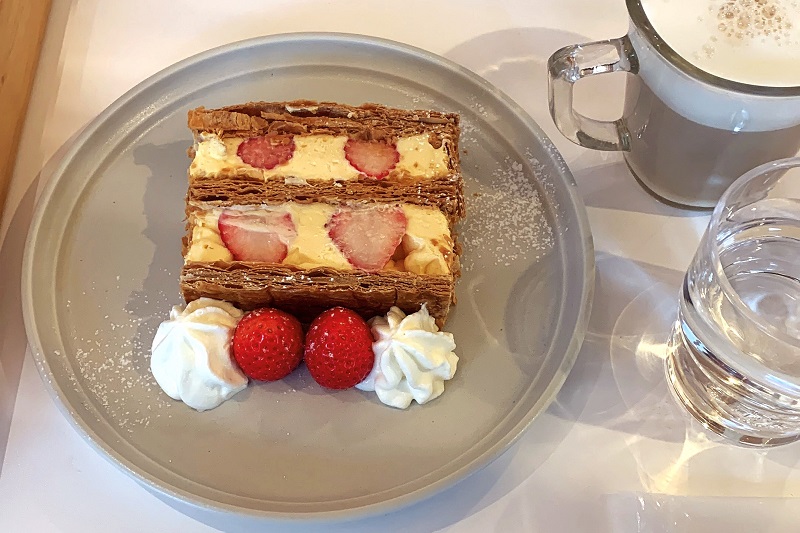
1. Plans are good, if not set in stone
I had always wanted to go to Fukuoka, but the reasons were at times vague, even to me.
I just knew that it was a port city and that, in terms of absolute distance, it sat closer to Seoul than it did to Tokyo. I knew it had huge parks with elaborate flower gardens and large shopping and entertainment complexes built around man-made canals.
I knew I wanted to visit Uminonakamichi Seaside Park, teeming with flowers and families. I also knew I wanted to visit the Teamlab Forest exhibit and wander through virtual fields designed to make you cognisant of spatial awareness.
The last thing I expected, however, was stumbling on one of the best meals I had ever eaten at a restaurant I would never have considered if not for the fact that the place I had originally wanted to go was closed for a private function. Their menu was sparse but it became obvious why. Their star dish — piping-hot rice in stone bowls, mixed with local whitefish and speckled with salmon roe and spring onions — was, the chef said, a representation of Fukuoka itself.
And if you were unable to finish it, they then shaped it into rice balls for takeaway, so you could bring this essence of Fukuoka home with you and have the taste linger in your mouth long after you left.
image_67228161.jpg
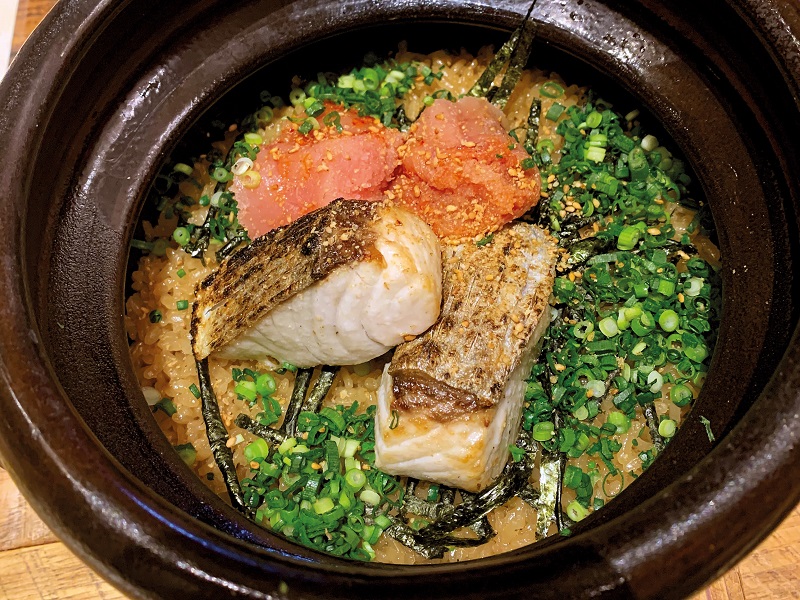
2. Don’t be afraid to take detours
I did not spend my entire time in Japan. The good thing about being located where it is means a trip to North America is easier than going back to Southeast Asia. But it was never in my original plan to go anywhere else during my time away.
Again, however, the pandemic changed this. Being stuck at home meant that a lot of the connections you made were online and I had managed to make a friend with similar interests who happened to live in Canada.
In what seemed to be the span of a week, I had gotten myself a plane ticket, a visa and a hotel booking for a city I never thought I would ever visit. Montreal felt both alien to me and yet familiar with its old-school European elegance against a harsh landscape, sweetened by every sort of maple syrup kitsch you can imagine.
In the end, though, it was the friendship that I had made in the middle of a once-in-a-century plague that made this trip stand out.
montreal.jpg

3. It’s okay to not know why
All the journeys I made, either by plane or bullet train, had some degree of planning behind them.
Except for the very last one I took.
I knew I had always planned to go north when I was in the homestretch of my sabbatical because I wanted to see both cherry blossoms and snow, but I was unsure where exactly I would land up.
My choice to go to Aomori seemed almost like a whim. I bought my bullet train tickets mere hours before I left and booked my hotel on the train heading there. All I really knew about Aomori was that it was famous for apples and snow, which at the time seemed to me as good a reason as any.
Hand over heart, it was not the most exciting city that I have been to. The population is definitely a lot on the older side, and everyone seems to wind down around five. But it really did not matter, given that I spent most of my time at Hotel Jogakura, a resort high in the mountains that was popular with locals and tourists alike.
Even so, I had always had this preconceived notion that when you travel, it must be with a purpose — to see something new or experience something that would make it all worthwhile.
I still have no idea why I went to Aomori. But when I stood outside the resort, looking up at this canopy of stars with a light dusting of snow covering my hair, I came to the realisation maybe I did not need a reason to be there, that just being there was enough of a justification.
If that is too deep for you, I will say without exaggeration you have not tasted apple juice until you have been to Aomori. It will truly blow your mind.
image_67544833.jpg
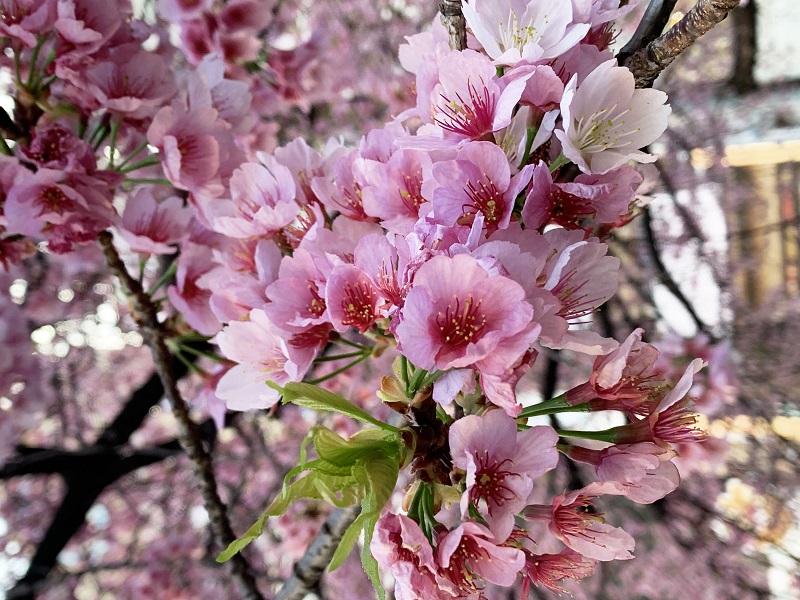
4. It always comes back to the small things
Funnily enough, when people ask me what my favourite memory of my time away was, it was the small things that stuck in my memory the most.
Being able to go to Shibuya for lunch before starting my work day. Or being able to visit Mount Fuji over the weekend on a whim and trying that tofu restaurant with a two-hour wait time. Trying eki-ben, or train bento boxes, from every station and buying regional souvenirs that you have no intention of taking home. Finally, trying poutine from a food court, which was greasy and salty and perfect for a day where the temperature was -18°C.
Which brings me back to that wall of snow.
In the end, I did not climb it that day, choosing instead to go soak in the onsen. But, at the very least, in that moment, I realised I was exactly where I should — or wanted to — be.
Nadia S Hassan is the senior broadcast journalist and producer of The Edge TV.
This article first appeared on July 3, 2023 in The Edge Malaysia.


